Art by Samantha Miller
Pepperdine’s Art Department is coloring outside the lines to find effective ways to allow students to connect with and showcase their art during the online fall 2020 semester.
Art and Art History students and professors are rising to this challenge through events, exhibitions and in-class discussions.
“My goals for the Art Program are the same for any of the other programs in Fine Arts, and that’s really to not simply survive during this pandemic moment but to use our skills as artists and art historians and really to meet the moment,” said Bradley Griffin, fine arts divisional dean and Theatre professor.
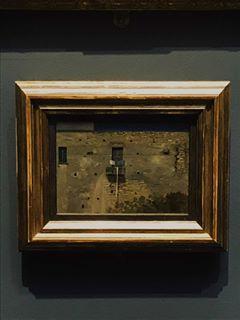
Professors Find Ways to Showcase Art
Fine Arts Professor Ty Pownall teaches sculpture GE classes and an upper-division studio course. He said his sculpture class is much smaller than usual because of the online format.
“I think a lot of students signed up for it, and then when we went fully online, they decided to take something else because taking sculpture in your apartment is difficult,” Pownall said. “But we’re getting by.”
Pownall said his goal for the class is to cover the same course material using physical materials that are easy to obtain and to get his students moving. For example, his students will be doing a “found object” piece that calls for them to go outside and find materials for sculpture in nature.
“It’s helpful to think about your environment in general as a sculptor, and I think our environments now, they are such a depiction of our life,” Pownall said. “So being trapped inside now isn’t just the reality — it’s also how we feel. We feel sort of trapped all of the time, and that has to do with being physically stuck inside but also the uncertainty.”
His Junior Interdisciplinary Studio class, which now ends with an online thesis exhibition, combines the meaning behind art with art itself. Pownall said, as a result, a large portion of the class involves discussion, whether it be about the assigned reading or student critique.
“Discussions on Zoom are suboptimal, so we do our best,” Pownall said. “I try to find ways to create community, but it definitely is difficult to have a good back and forth discussion on Zoom.”
Pownall said there is a learning curve centering around the best way to submit pieces to allow for critique. For large pieces, students submit their work in a Google Doc and share whatever videos and texts are deemed necessary. Students submit smaller assignments, like sketches or portions of writing through Courses.
“I’ve always used Courses a lot, but I rely on it more now than I ever had,” Pownall said.
Pownall said a large portion of the Art major is the thesis exhibitions juniors and seniors prepare for during the end of the spring and fall semesters, respectively.
“It’s pretty sad for an artist to make a lot of art and never show anyone, so we’ve gotten creative in ways to showcase art,” Pownall said.
Art Professor Gretchen Batcheller set up a website to view the senior exhibition. Pownall said the Art department will hold this semester’s junior exhibition in the same way, and there is deliberation regarding this year’s senior exhibition.
“Even if we are in person, we’ll also have the online available for people to view if they are not able to get to the show,” Pownall said.
In addition to the website, Pownall said the Art Department has a moving truck converted into a gallery as part of the Waves of Innovation Grant. The truck can turn into a portable gallery as a possible place to showcase students’ work. Pownall said the Fine Arts Division’s social media presence, in particular, showcases work and kickstarts important discussions about issues affecting the art world and beyond.
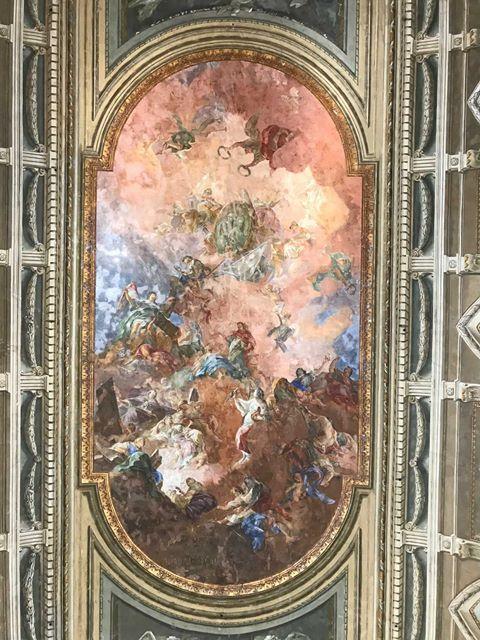
Students Adjust to a New Learning Style
Junior Art History major Hannah Schroeder said she is feeling the effects of being removed from her department this semester.
“It is vital to be together in person when analyzing artwork or discussing art historian theories,” Schroeder said.
For Schroeder, in-person discussions involve trips to the museum where she can connect with professors.
“It is fun to see the artwork that we talk about in class in person and really study it in detail,” Schroeder said.
Schroeder’s in-person contact with art ended with her study abroad experience in Pepperdine’s Florence, Italy International Program last year. As a result of COVID-19, Pepperdine sent all study abroad students in Florence and its other locations home, where Schroeder was placed in a Renaissance Art class.
“Instead of seeing the paintings we were learning about, we did virtual tours online, but it just wasn’t the same,” Schroeder said. “The artwork looked different through a pixelated screen.”
Schroeder said she worries about the status of internships for the coming semesters and summer. Many museums and galleries — places she would usually find internships — have closed because of COVID-19 regulations.
“I have yet to start applying for internships this year because the museums don’t know yet if they will be allowed to re-open, much less when,” Schroeder said.
Schroeder said the availability of these internships is an important component of her college experience.
“It makes me scared for summer 2021 because now is a crucial time to further develop my resume with internships for my future career,” Schroeder said.
Overall, Schroeder said the prospect of returning to campus and in-person education is exciting.
“I do believe you learn more through experience than through written documents like a textbook,” Schroeder said. “I can’t wait until the museums reopen and I can continue my studies.”
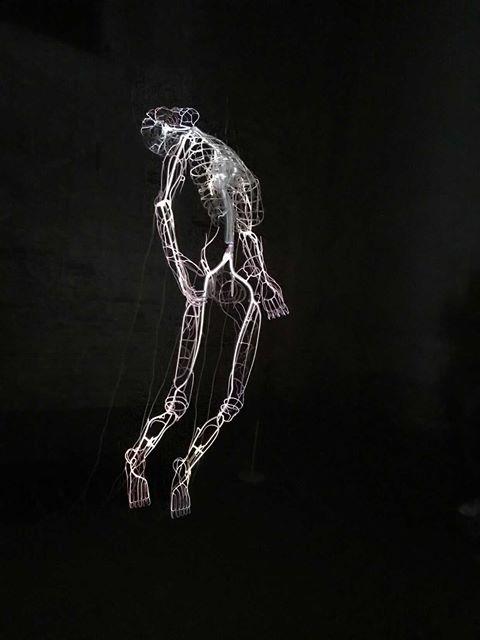
Junior Art major Carson Vandermade is now taking Junior Interdisciplinary Studio. He said this higher division course offers a more intense learning experience from what he is used to; Vandermade said there is more work on pieces outside of class.
“There isn’t as much of an incentive to get your work done outside of classes,” Vandermade said. “You can rely on the class time and you can complete your assignments to a point that you can be happy with them with the time that is given to you without working the mountains that are now demanded of us.”
Vandermade said he misses the proximity to resources when on campus. One resource is the spaces available to Art students, whether it be getting access to an empty classroom at night or utilizing a dedicated research space.
“I think having a dedicated studio space is really helpful to being motivated to make things because you’re out of where you know,” Vandermade said. “Right now, I make my artwork in my room, and it’s hard to separate the time that I’m usually just sitting on my bed watching TikTok from the time where I need to be making things.”
Online class is not a completely negative experience, Vandermade said. While there are some challenges to working at home, there is still a big pay-off in terms of learning.
“I think it’s good that it’s happening to me my junior year; I have a lot of the classes where I’m really learning new things as far as technique,” Vandermade said.
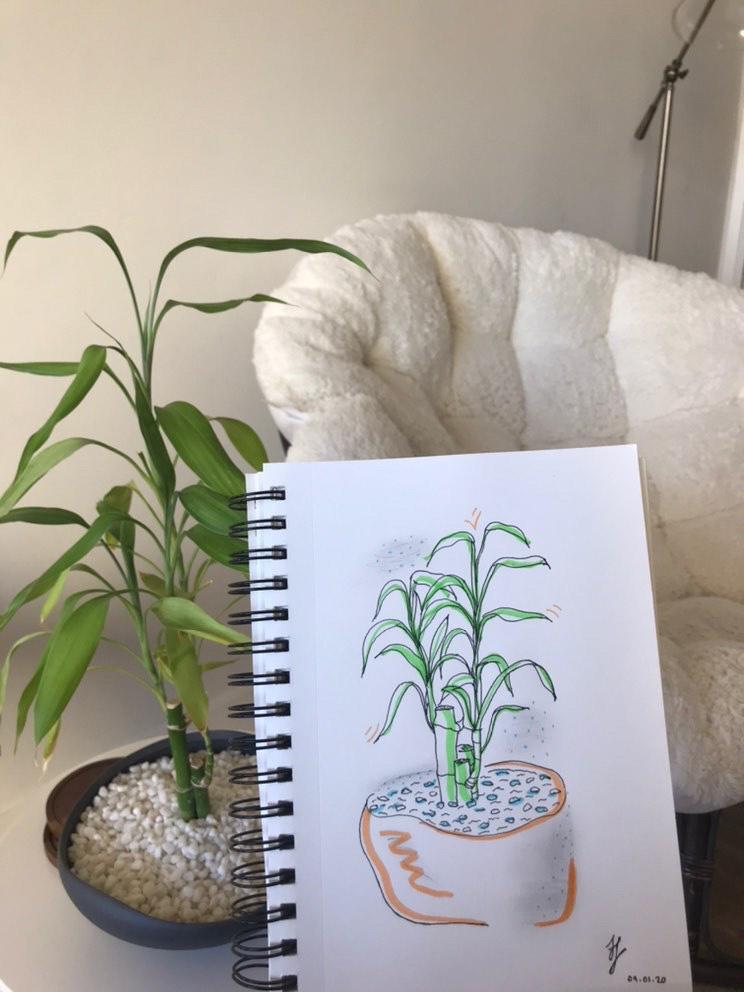
Co-presidents of the Art Club, senior Biology major and Art minor Sara Head and senior Art major David Bird, hold Art Club virtually Tuesdays from 5 to 7 p.m. The goal for Art Club is to create a space for students to be creative regardless of major or Fine Arts experience. Meetings sometimes have a theme or topic the art can focus on, and other times students split into breakout rooms as a way to encourage interaction.
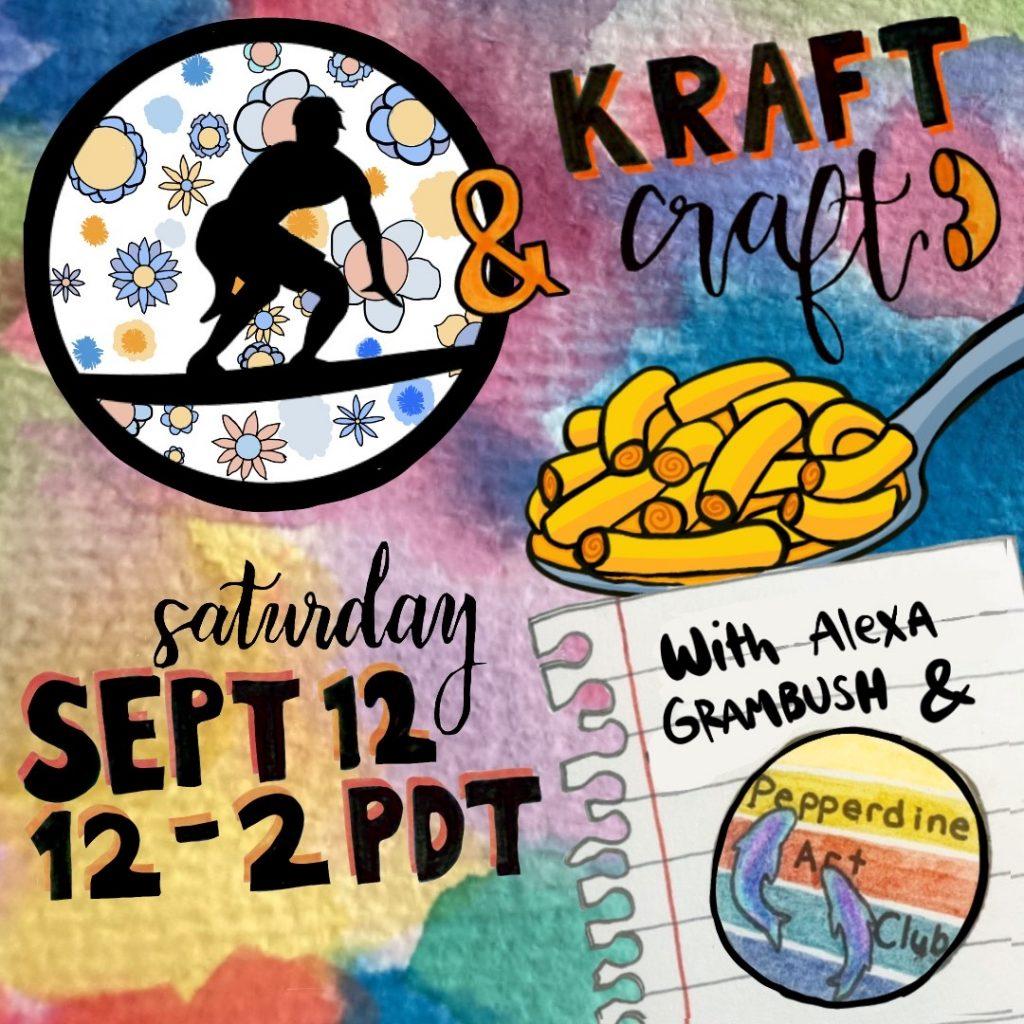
“We’re making it a place where people can connect with each other through Zoom and it not be in a classroom environment,” Head said.
Head said the Art Club is currently planning collaborations and events with other clubs, such as KWVS and the Art History Club. Activities within Art Club include a giveaway for frequent members and a Bob Ross painting tutorial.
“We all just hang out and provide a relaxing environment for students,” Head said.
___________________
Follow the Graphic on Twitter: @PeppGraphic
Email Samantha Torre: sam.torre@pepperdine.edu

